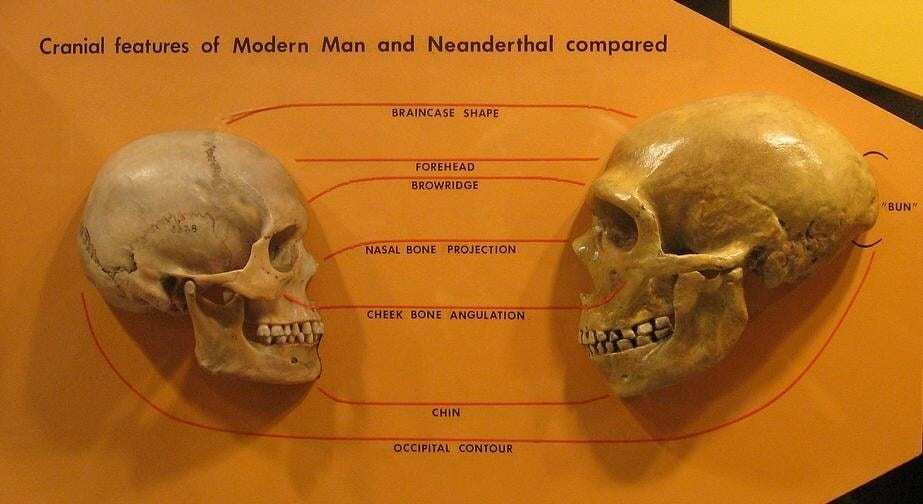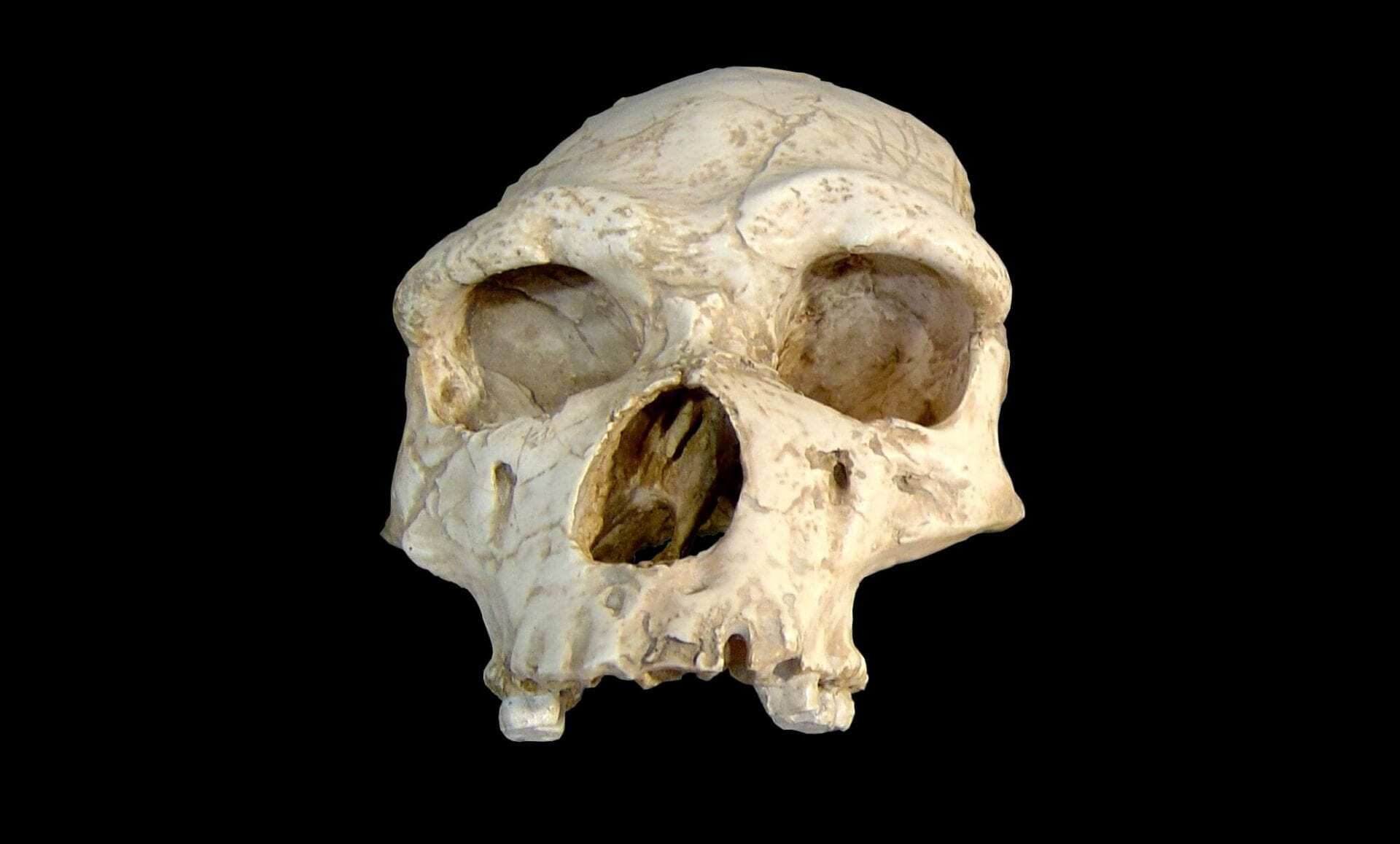In recent years, scientists have uncovered evidence that modern humans and Neanderthals share a tangled past.
In the course of human history, these two species of hominins interbred not just once, but at multiple times, the thinking goes.
A new study supports this notion, finding that people in Eurasia today have genetic material linked to Neanderthals from the Altai mountains in modern-day Siberia. This is noteworthy because past research has shown that Neanderthals connected to a different, distant location — the Vindija Cave in modern-day Croatia — have also contributed DNA to modern-day Eurasian populations.
The results reinforce the concept that Neanderthal DNA has been woven into the modern human genome on multiple occasions as our ancestors met Neanderthals time and again in different parts of the world.
The study was published on March 31 in the journal Genetics.
“It’s not a single introgression of genetic material from Neanderthals,” says lead researcher Omer Gokcumen, a University at Buffalo biologist. “It’s just this spider web of interactions that happen over and over again, where different ancient hominins are interacting with each other, and our paper is adding to this picture. This project will now add to an emerging chorus — we’ve been looking into this phenomenon for a couple of years, and there are a couple of papers that came out recently that deal with similar concepts.”
“The picture in my mind now is we have all these archaic hominin populations in Europe, in Asia, in Siberia, in Africa. For one reason or another, the ancestors of modern humans in Africa start expanding in population, and as they expand their range, they meet with these other hominins and absorb their DNA, if you will,” Gokcumen says. “We probably met different Neanderthal populations at different times in our expansion into other parts of the globe.”
Gokcumen, associate professor of biological sciences in the UB College of Arts and Sciences, led the study with first author Recep Ozgur Taskent, a recent UB PhD graduate in the department. Co-authors include UB PhD graduate Yen Lung Lin, now a postdoctoral scholar at the University of Chicago; and Ioannis Patramanis and Pavlos Pavlidis, PhD, of the Foundation for Research and Technology in Greece.

The research was funded by the U.S. National Science Foundation.
To complete the project, scientists analyzed the DNA of hundreds of people of Eurasian ancestry. The goal was to hunt for fragments of genetic material that may have been inherited from Neanderthals.
This research found that the Eurasian populations studied could trace some genetic material back to two different Neanderthal lineages: one represented by a Neanderthal whose remains were discovered in the Vindija cave in Croatia, and another represented by a Neanderthal whose remains were discovered in the Altai mountains in Russia.
Scientists also discovered that the modern-day populations they studied also share genetic deletions — areas of DNA that are missing — with both the Vindija and Altai Neanderthal lineages.
The DNA of the Vindija and Altai Neanderthals, along with the modern human populations studied, were previously sequenced by different research teams.
“It seems like the story of human evolution is not so much like at tree with branches that just grow in different directions. It turns out that the branches have all these connections between them,” Gokcumen says. “We are figuring out these connections, which is really exciting. The story is not as neat as it was before. Every single ancient genome that is sequenced seems to create a completely new perspective in our understanding of human evolution, and every new genome that’s sequenced in the future may completely change the story again.”
Header Image Credit : Luna04





